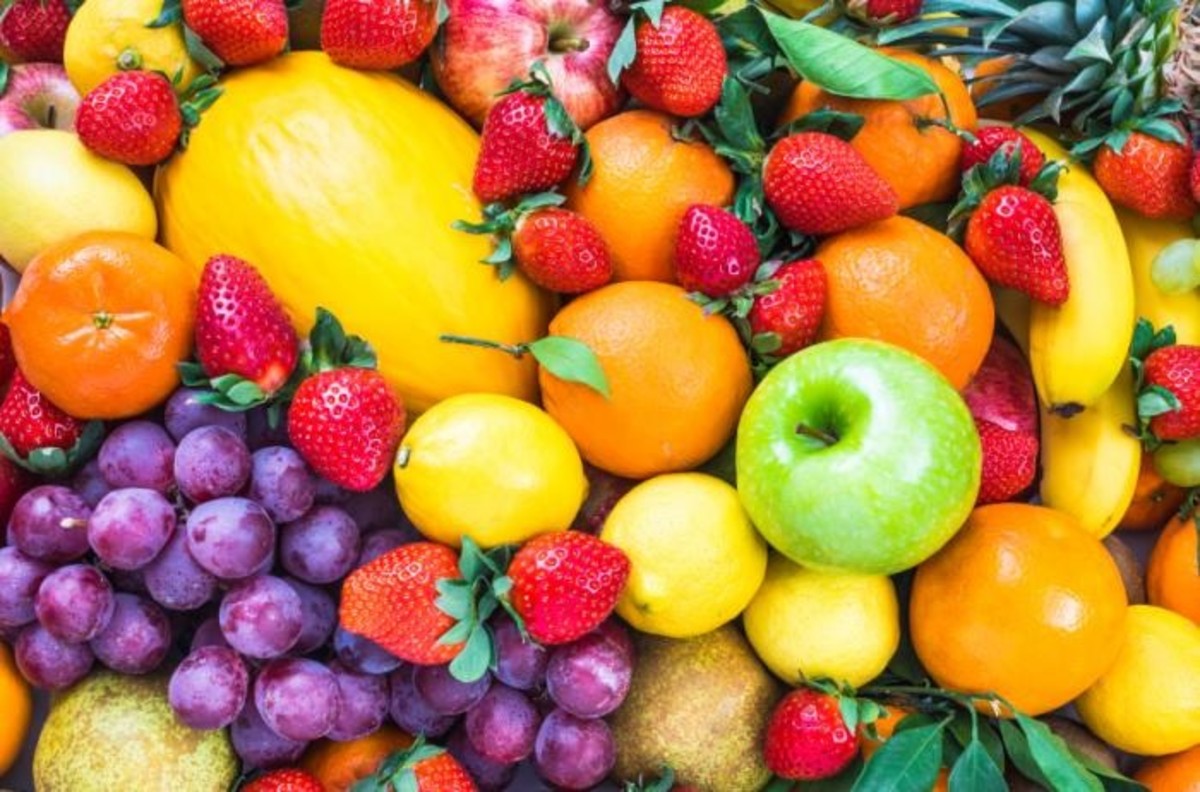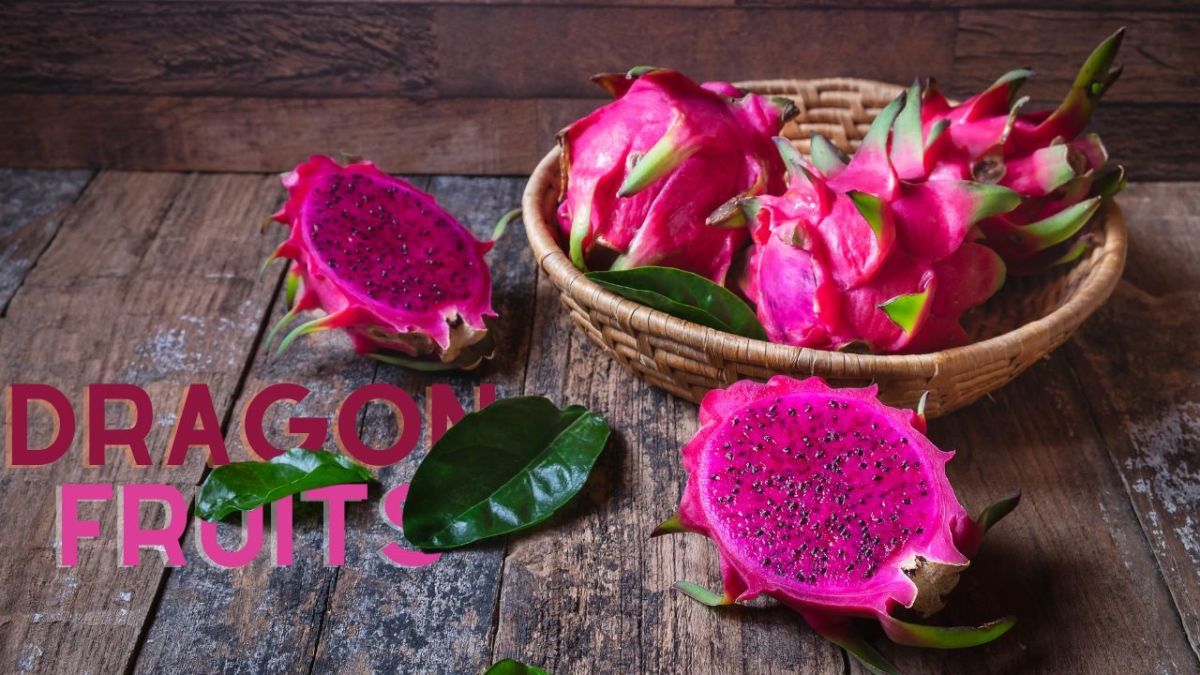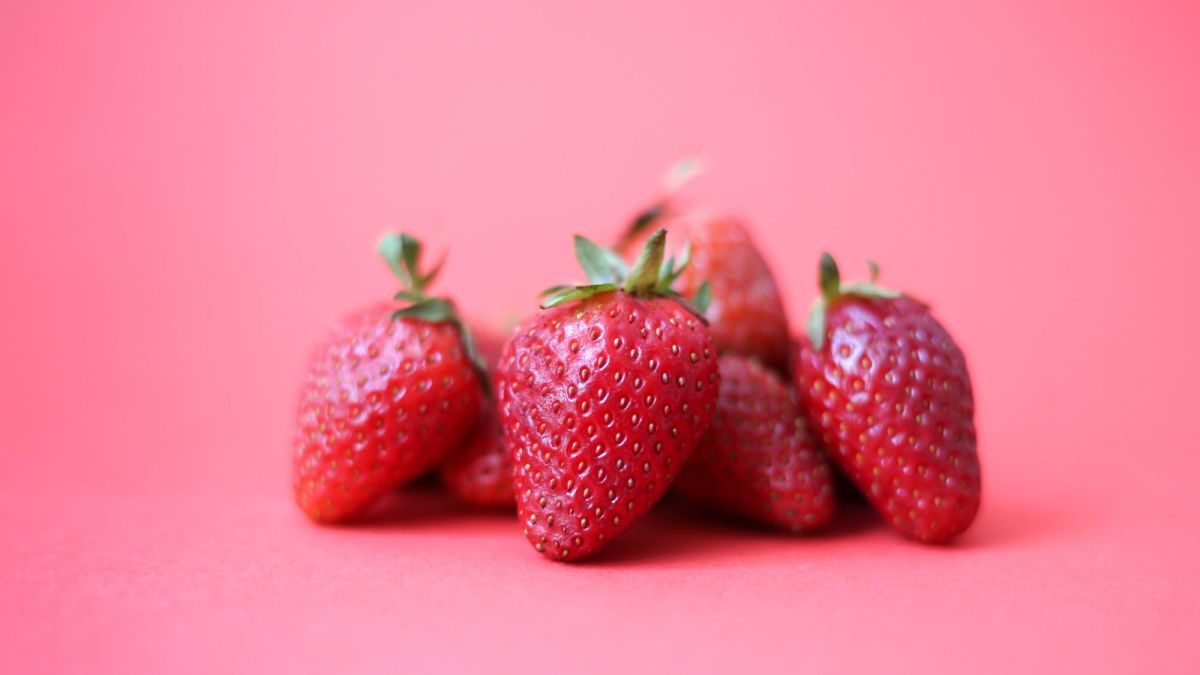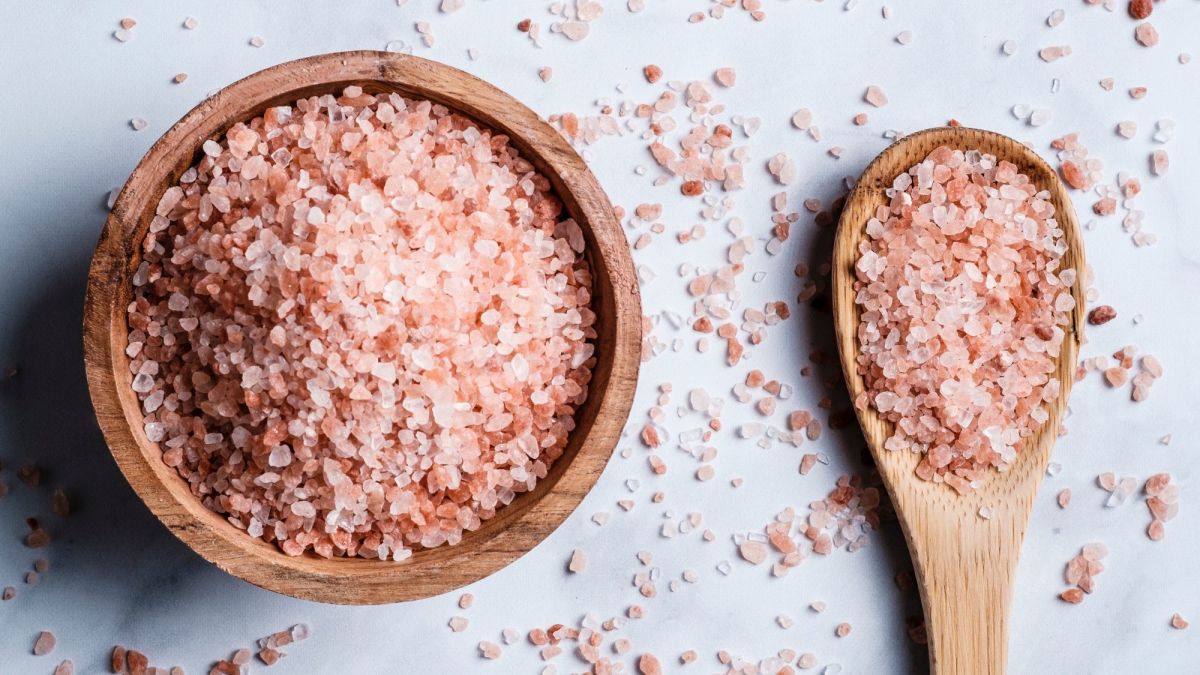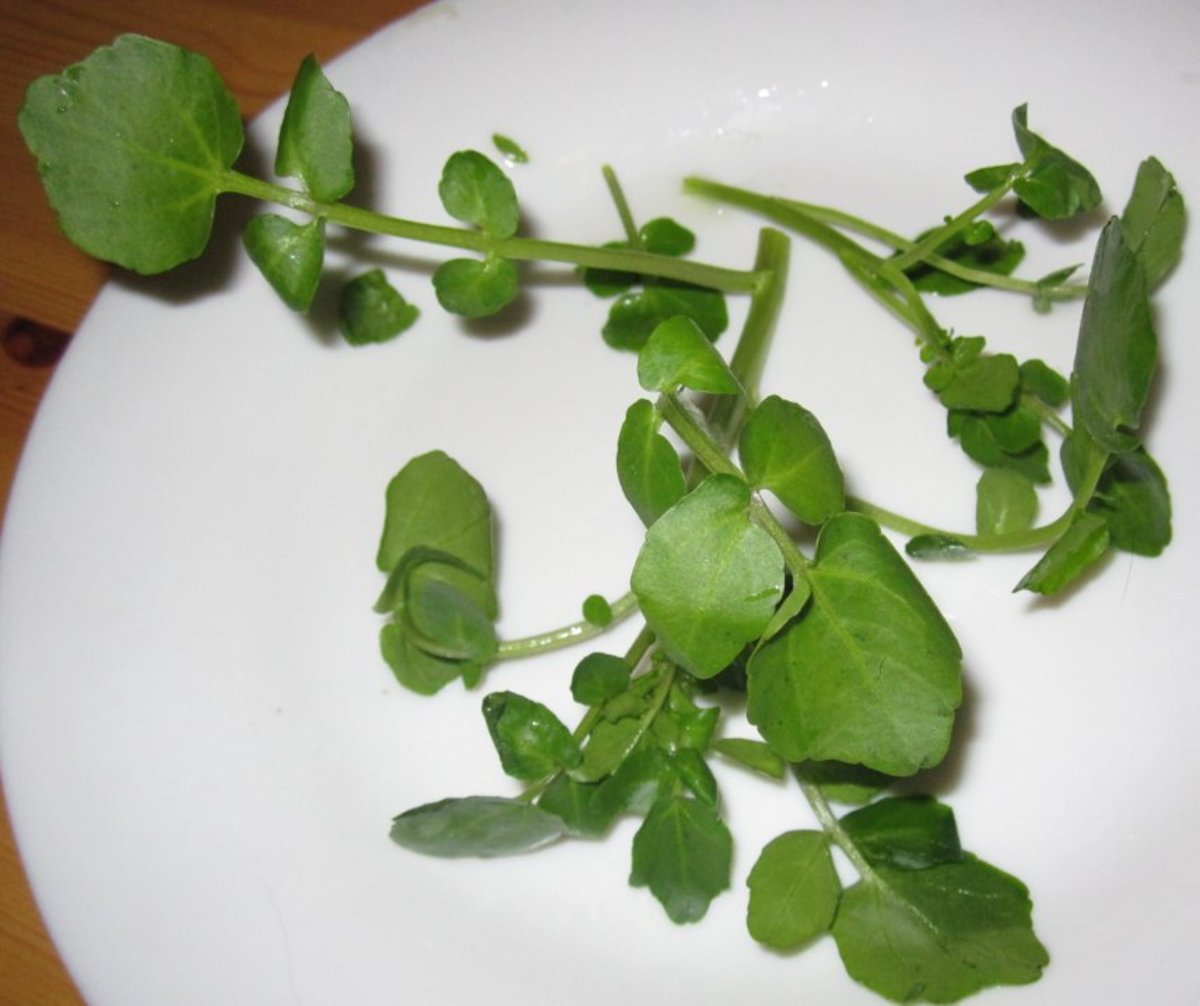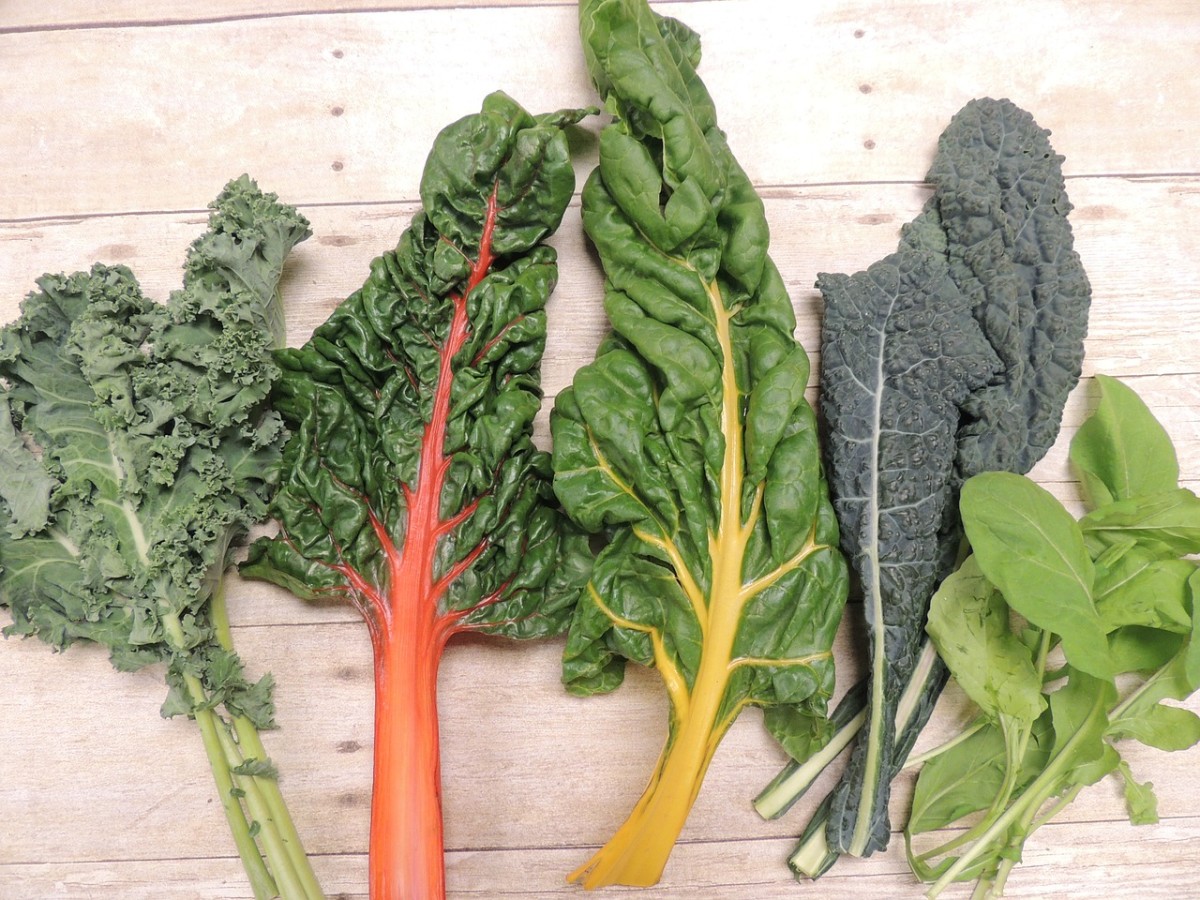Different Benefits Of Eating Fruits And Vegetables You May Not Have Known Before
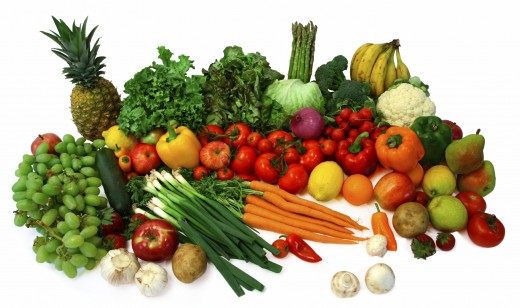
We all know the benefits of eating fruits and vegetables: they are full of vitamins, minerals and antioxidants. But aside from keeping you nourished and fending off heart disease and cancer, getting your fill of produce offers functional benefits ranging from retaining muscle mass to having a more appealing complexion. About two-thirds of U.S. adults fall short of the recommended two daily fruit servings, and nearly 75% don't down the advised three servings of vegetables. If you are in the majority, here are three more reasons to fill the gap.
1. Muscle Maintenance
We tend to think of meat as muscle food, but it's only one piece of the puzzle. Researchers at the Human Nutrition Research Center on Aging at Tufts University examined the link between muscle mass and potassium-rich fruits and vegetables. After studying nearly 400 men and women for three years, they found that those who ate the most potassium maintained an average of 3.6 additional pounds of muscle compared to those who consumed half as much. The daily goal for potassium is 4,700 mg per day, but most adults consume far less. To up your intake, include one to two cups of fruits and vegetables at every meal. Potassium reach options include sweet potatoes, spinach, bananas, oranges, cantaloupe, beans, broccoli and avocado.
High Potassium Foods - What They Are & Why You Should Eat Them
2. Sex Drive
Oysters have long been pegged as an aphrodisiac, but certain fruits and veggies may be more effective libido boosters. Watermelon contains a natural substance called citrulline, which gets converted into amino acid that boosts nitric oxide. (Nitric oxide relaxes blood vessels and increases blood flow to specific body parts - use your imagination here.) Mushrooms are also known to get you in the mood. They are a source of zinc, which has been shown to pump up testosterone in men who aren't consuming enough. For an easy mushroom appetizer or side dish, marinate button mushrooms in balsamic vinaigrette and serve on toothpicks with Mediterranean olives. Or saute them with a little extra virgin olive oil and serve on a bed of greens.
3. Blood-Sugar Regulation
You may not think of naturally sweet fruit as a blood-sugar regulator, but the research is impressive. Berries, including bilberries, black currants, cranberries and strawberries, have been shown to reduce blood sugar and insulin levels after meals. Scientists believe that a key antioxidant in strawberries blocks the activity of an enzyme responsible for breaking starch into simple sugar - that means fewer simple sugars are released into the blood stream, thus lowering the blood sugar and the corresponding insulin response. This is also key for weight control because insulin shuttles excess sugar into fat cells. Add berries to whole grain cereal, whip them into a smoothie or enjoy them as a dessert or snack.
How to Lower your Blood Sugar Level with Food
For more information on vitamins and nutrients in different fruits and vegetables, check out this table.


